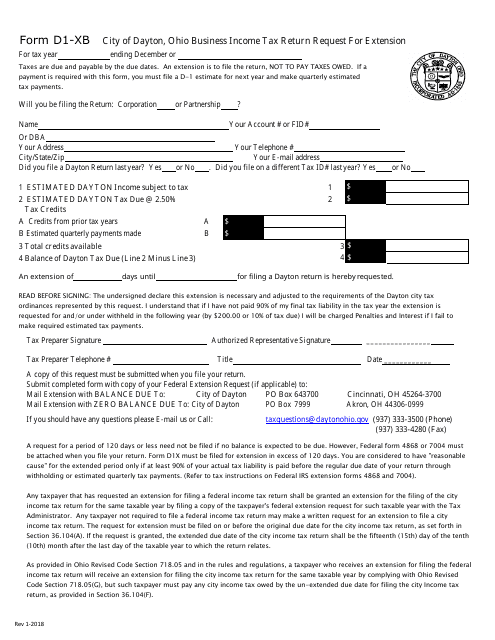


104, 2010), CDT test results were able to identify drinking indicative of harmful or dependent alcohol intake significantly more accurate than other biomarkers. In a Department of Transport Study ( Road Safety Research Report No. The CDT biomarker is reportedly more accurate with the percentage of false positives being relatively low compared to other biomarkers.
D1 form address code#
This will be tested for the CDT ( Carbohydrate Deficient Transferrin) biomarker.Įnter code DRINKDRIVING10 during checkout for 10% off The appointed doctor will take a sample of blood during your medical.
D1 form address driver#
You cannot driver under section 88 of the Road Traffic Act 1988 while awaiting the DVLA to assess your fitness to drive once your disqualification has ended if you were convicted and disqualified on or after 1st June 2013. This will be in addition to the time it takes for blood samples to be sent off for testing and analysis which should take no longer than a week or so. If the DVLA need to investigate further and require more information from their medical advisors and/or your GP then they aim to make a decision on most cases within 90 working days. If the DVLA can make a decision based on the information provided including all relevant medical results they aim to make a decision on most cases within 15 working days. If the DVLA have not declared you fit to drive by the time your disqualification ends you will be unable to drive until they do so!! Send your application off as soon as possible!! Many DVLA appointed doctors only do DVLA medical assessments on certain days of the week, the DVLA sometimes have a back log of applications to get through, paperwork can be misplaced and the DVLA may think it necessary to contact your GP for further information once they receive your medical assessment results.Īll these factors and more can add to the length of time the medical assessment process can take. The DVLA medical process can be a lengthy one for various reasons so it is crucial to send your application as soon as you can. There will be a separate fee payable to the appointed doctor for this which is usually payable on the day you take the medical. You will need to contact the DVLA appointed doctor yourself and book an appointment with them to take the DVLA medical assessment. Once the DVLA have received your application form they will contact you with details of a DVLA appointed doctor in your area. You can order a D1 application form online or pick one up at your local post office.Ĭomplete the form and send it to the DVLA along with the appropriate fee ( and an up to date photo if needed).

You can send the DVLA a D1 application form for a car, moped or motorcycle instead of the D27 renewal form. You can send your application any time within 90 days before you disqualification is due to end.

It is important you send the DVLA your application as soon as possible to avoid this. If the DVLA are still making medical enquiries to ascertain your fitness to drive once your disqualification is over you will be unable to drive until the process is complete and they have deemed you fit to drive. Renewal forms often arrive late and sometimes don’t arrive at all. You do not have to wait until you receive a D27 renewal form from the DVLA to start the process of re-applying for your driving licence and taking a medical as a high risk offender. The DVLA should send any driver who is covered by the high risk offender scheme a D27 renewal form approximately 90 days before their driving disqualification ends. The DVLA medical will consist of an examination, a CDT blood test, a questionnaire and any other tests deemed relevant.
D1 form address drivers#
Convicted drink drivers who are classed as high risk offenders will be required to satisfy the DVLA of their fitness to drive by attending an independent medical examination with a DVLA appointed doctor before a driving licence will be issued to them upon expiration of their driving disqualification.


 0 kommentar(er)
0 kommentar(er)
